I have a ~60 cm fluorescent tube light that is failing. ~10 cm on one end glows orange, ~10 cm on the other end glows blue-white (normal fluorescent light color) and the middle 40 cm is dark.
Question: From an electrical point of view what exactly is going on such that this particular graded pattern of three colors is produced?

There seems to be a "starter" just behind the tube, near the "orange" end.